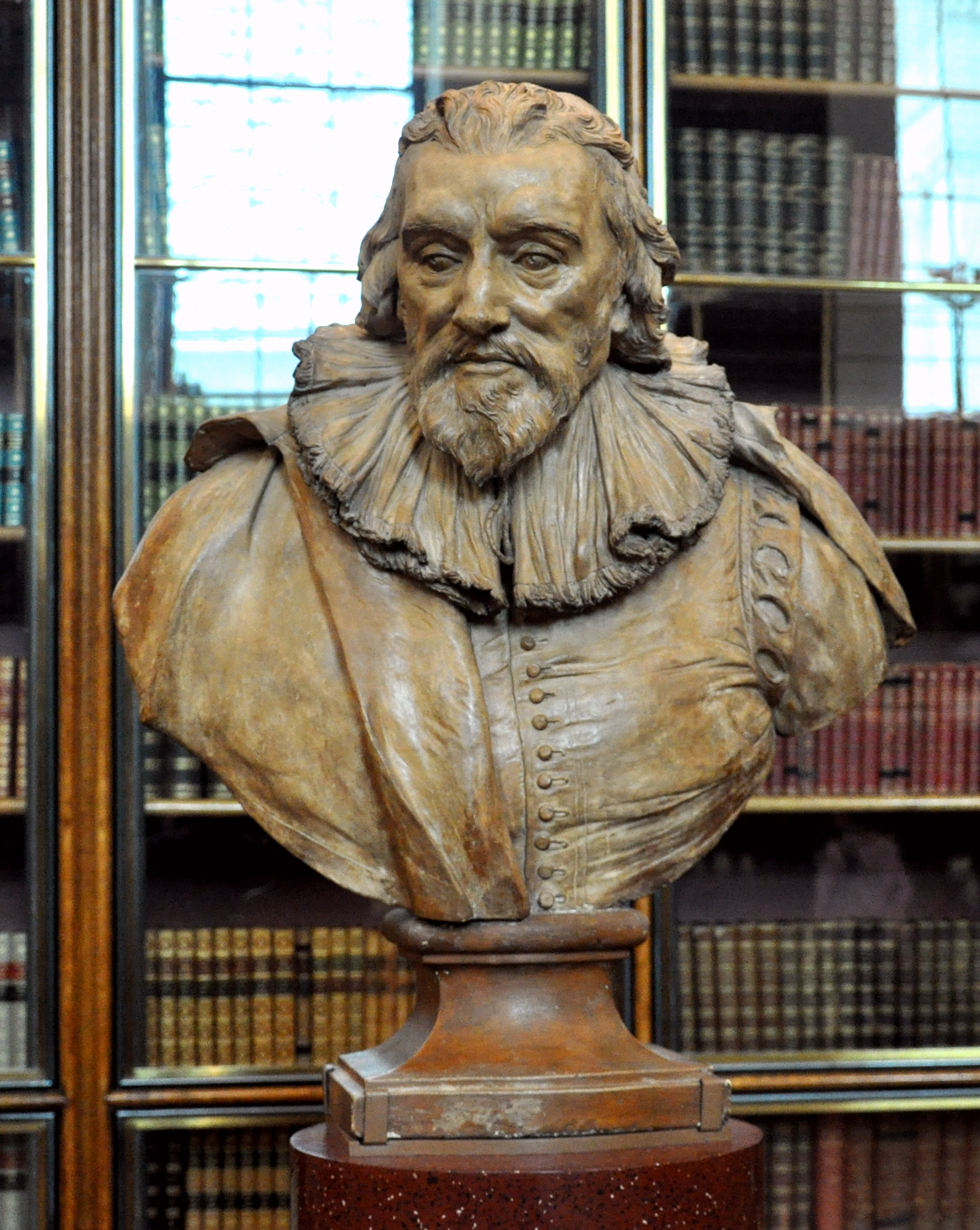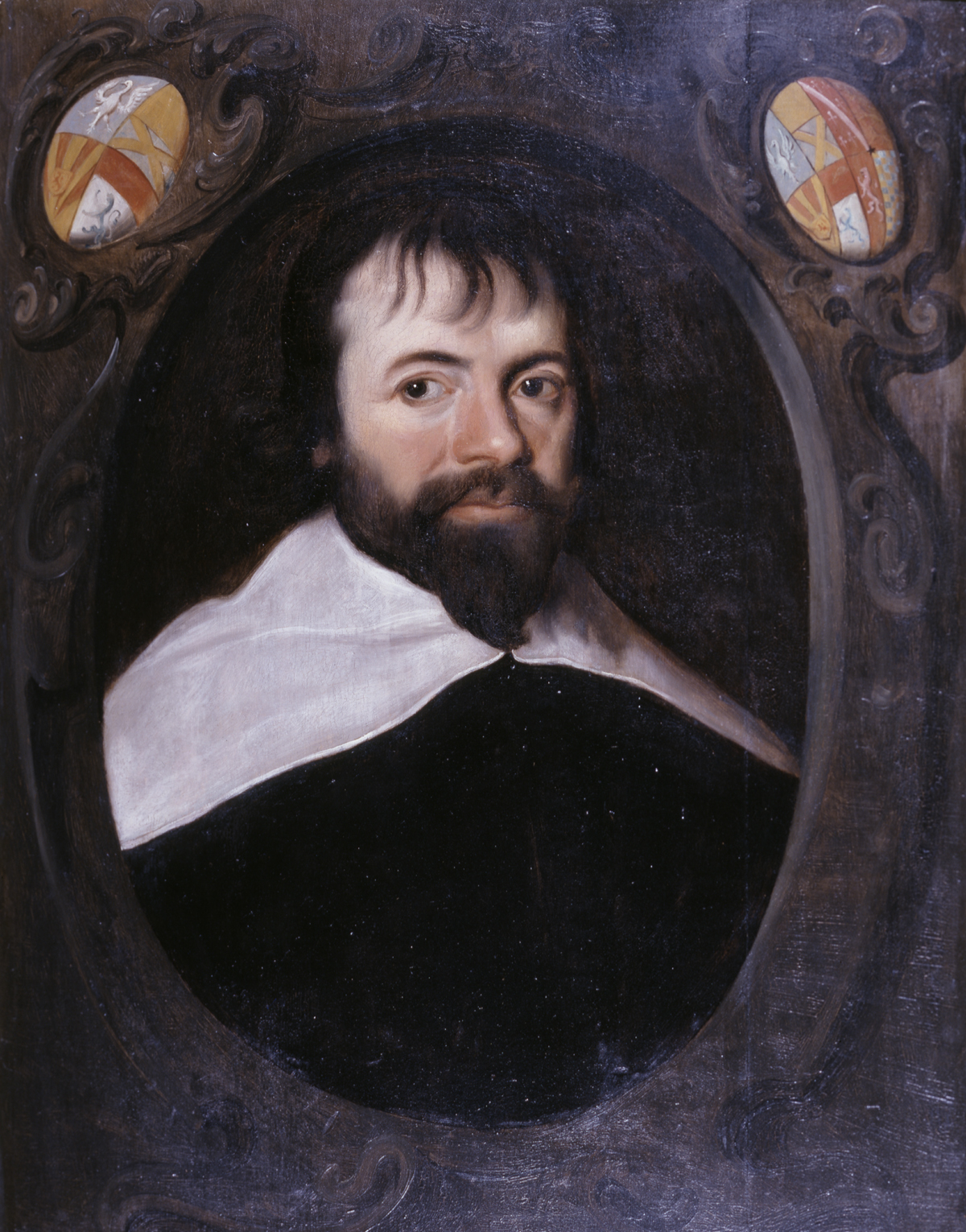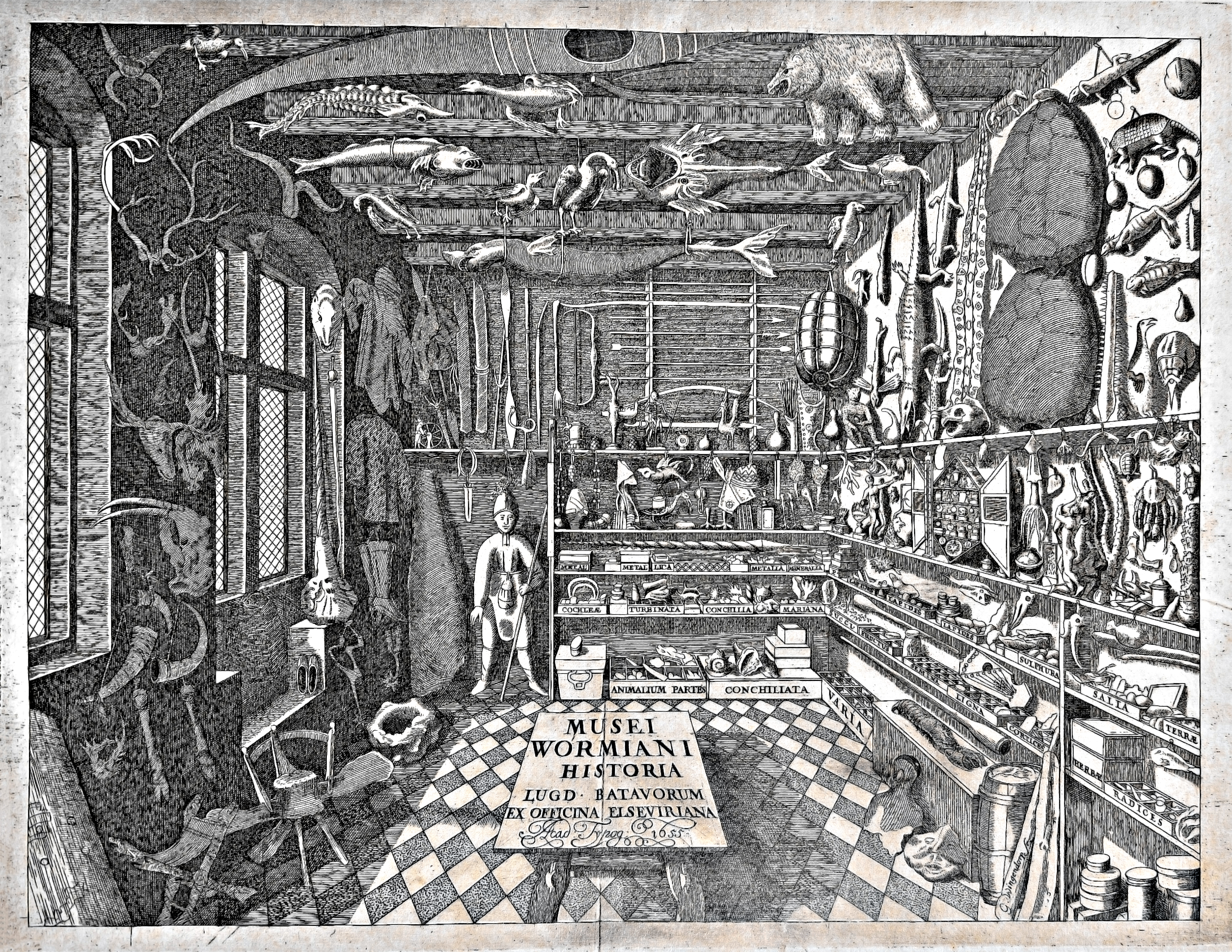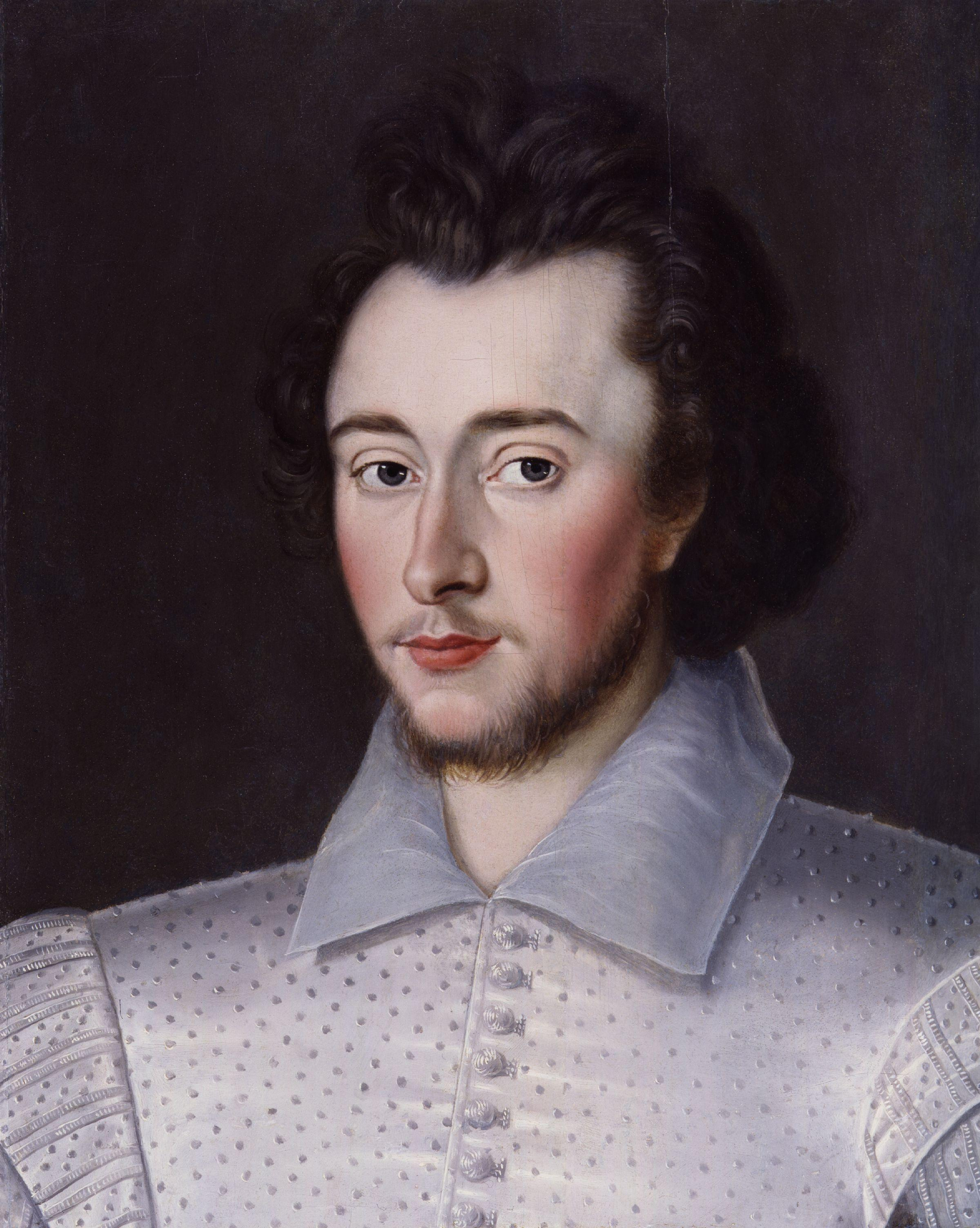|
Cottonian
The Cotton or Cottonian library is a collection of manuscripts once owned by Sir Robert Bruce Cotton MP (1571–1631), an antiquarian and bibliophile. It later became the basis of what is now the British Library, which still holds the collection. After the Dissolution of the Monasteries, many priceless and ancient manuscripts that had belonged to the monastic libraries began to be disseminated among various owners, many of whom were unaware of the cultural value of the manuscripts. Cotton's skill lay in finding, purchasing and preserving these ancient documents. The leading scholars of the era, including Francis Bacon, Walter Raleigh, and James Ussher, came to use Sir Robert's library. Richard James acted as his librarian. The library is of special importance for having preserved the only copy of several works, such as happened with ''Beowulf'' and ''Sir Gawain and the Green Knight''. History Origins At the time of the Dissolution of the Monasteries, official state records and ... [...More Info...] [...Related Items...] OR: [Wikipedia] [Google] [Baidu] |
Sir Robert Cotton, 1st Baronet, Of Connington
Sir Robert Bruce Cotton, 1st Baronet (22 January 1570/71 – 6 May 1631) of Conington Hall in the parish of Conington in Huntingdonshire, England,Kyle, Chris & Sgroi was a Member of Parliament and an antiquarian who founded the Cotton library. Origins He was born on 22 January 1571 in Denton, Huntingdonshire, the son and heir of Thomas Cotton (1544–1592) of Conington (son of Thomas Cotton of Conington Sheriff of Huntingdonshire in 1547) by his first wife Elizabeth Shirley, a daughter of Francis Shirley of Staunton Harold in Leicestershire. The Cotton family originated at the manor of Cotton, Cheshire, from which they took their surname. Education Cotton was educated at Westminster School where he was a pupil of the antiquarian William Camden, under whose influence he began to study antiquarian topics. He began collecting rare manuscripts as well as collecting notes on the history of Huntingdonshire when he was seventeen. He proceeded to Jesus College, Cambridge, where h ... [...More Info...] [...Related Items...] OR: [Wikipedia] [Google] [Baidu] |
Sir Thomas Cotton, 2nd Baronet, Of Connington
Sir Thomas Cotton, 2nd Baronet, of Conington (1594 – 13 May 1662) was an English politician and heir to the Cottonian Library. Life He was the only surviving child of Sir Robert Cotton, 1st Baronet, of Connington and Elizabeth Brocas. He graduated B.A. at Broadgates Hall, Oxford in 1616. In 1624 he became Member of Parliament for Great Marlow. Sir Thomas was the intimate friend and correspondent of Sir John Eliot, and was entrusted by his influence with the representation of St Germans (Eliot's native place) in the third of Charles I's parliaments. He was M.P. for Huntingdonshire in the Short Parliament of 1640, but took no active part in politics or the civil wars. His house at Westminster was left at the disposal of the parliament, and Charles I slept there during his trial. Cotton died at Conington on 13 May 1662, and was buried with his father. Cottonian Library He made great efforts for the restitution of his father's library, which later became the nucleus of the B ... [...More Info...] [...Related Items...] OR: [Wikipedia] [Google] [Baidu] |
Richard James (scholar)
Richard James (1592 – December 1638) was an English scholar, poet, and the first librarian of the Cotton library. Early life Richard James was born in Newport, Isle of Wight, third son of Andrew James, by his wife Dorothy, daughter of Philip Poore of Durrington, Wiltshire. Thomas James was his uncle. Richard was educated at Newport Grammar School, and matriculated as a commoner at Exeter College, Oxford, on 6 May 1608. On 23 September that year he migrated to Corpus Christi College, of which he had been elected scholar, and graduated from there B.A. on 12 October 1611 and M.A. on 24 January 1615. On 30 September 1615 he was elected probationary fellow of his college, and on 7 July 1624 graduated B.D. Traveller After taking holy orders James set out on a long series of travels. Starting in Wales and Scotland, they extended to Shetland and Greenland. He went to Muscovy in 1618 as chaplain to Sir Dudley Digges. His notes about that journey (found in 1840s in Bodleian Library) incl ... [...More Info...] [...Related Items...] OR: [Wikipedia] [Google] [Baidu] |
Antiquarian
An antiquarian or antiquary () is an aficionado or student of antiquities or things of the past. More specifically, the term is used for those who study history with particular attention to ancient artifacts, archaeological and historic sites, or historic archives and manuscripts. The essence of antiquarianism is a focus on the empirical evidence of the past, and is perhaps best encapsulated in the motto adopted by the 18th-century antiquary Sir Richard Colt Hoare, "We speak from facts, not theory." The ''Oxford English Dictionary'' first cites "archaeologist" from 1824; this soon took over as the usual term for one major branch of antiquarian activity. "Archaeology", from 1607 onwards, initially meant what is now seen as "ancient history" generally, with the narrower modern sense first seen in 1837. Today the term "antiquarian" is often used in a pejorative sense, to refer to an excessively narrow focus on factual historical trivia, to the exclusion of a sense of historica ... [...More Info...] [...Related Items...] OR: [Wikipedia] [Google] [Baidu] |
Westminster School
Westminster School is a Public school (United Kingdom), public school in Westminster, London, England, in the precincts of Westminster Abbey. It derives from a charity school founded by Westminster Benedictines before the 1066 Norman Conquest, as documented by the Croyland Chronicle and a charter of King Offa. Continuous existence is clear from the early 14th century. Its academic results place it among the top schools nationally; about half its students go to Oxbridge, giving it the highest national Oxbridge acceptance rate. Boys join Westminster Under School, Under School at seven and Senior School at 13 by examination. Girls join the Sixth Form at 16. About a quarter of the 750 pupils Boarding school, board. Weekly boarders may go home after Saturday morning school. The school motto, ''Dat Deus Incrementum'', quotes 1 Corinthians 3:6: "I planted the seed... but God made it grow." Westminster was one of nine schools examined by the 1861 Clarendon Commission and reformed by the Publ ... [...More Info...] [...Related Items...] OR: [Wikipedia] [Google] [Baidu] |
Great Britain
Great Britain is an island in the North Atlantic Ocean off the northwest coast of continental Europe. With an area of , it is the largest of the British Isles, the largest European island and the ninth-largest island in the world. It is dominated by a maritime climate with narrow temperature differences between seasons. The 60% smaller island of Ireland is to the west—these islands, along with over 1,000 smaller surrounding islands and named substantial rocks, form the British Isles archipelago. Connected to mainland Europe until 9,000 years ago by a landbridge now known as Doggerland, Great Britain has been inhabited by modern humans for around 30,000 years. In 2011, it had a population of about , making it the world's third-most-populous island after Java in Indonesia and Honshu in Japan. The term "Great Britain" is often used to refer to England, Scotland and Wales, including their component adjoining islands. Great Britain and Northern Ireland now const ... [...More Info...] [...Related Items...] OR: [Wikipedia] [Google] [Baidu] |
Essex House (London)
Essex House was a house that fronted the Strand in London. Originally called Leicester House, it was built around 1575 for Robert Dudley, 1st Earl of Leicester, and was renamed Essex House after being inherited by his stepson, Robert Devereux, 2nd Earl of Essex, after Leicester's death in 1588. The poet Philip Sidney lived in Leicester House for some time. The property occupied the site where the Outer Temple, part of the London headquarters of the Knights Templar, had previously stood, and was immediately adjacent to the Middle Temple, one of the four Inns of Court. The house was substantial; in 1590, it was recorded as having 42 bedrooms, plus a picture gallery, kitchens, outhouses, a banqueting suite and a chapel. Essex’s mother, Lettice Knollys, leased out the house for a while, but she moved in later with her new husband, Sir Christopher Blount, as well as her son and his family. After the executions of Blount and Essex in 1601, she continued to live there until her ... [...More Info...] [...Related Items...] OR: [Wikipedia] [Google] [Baidu] |
Strand, London
Strand (or the Strand) is a major thoroughfare in the City of Westminster, Central London. It runs just over from Trafalgar Square eastwards to Temple Bar, where the road becomes Fleet Street in the City of London, and is part of the A4, a main road running west from inner London. The road's name comes from the Old English ''strond'', meaning the edge of a river, as it historically ran alongside the north bank of the River Thames. The street was much identified with the British upper classes between the 12th and 17th centuries, with many historically important mansions being built between the Strand and the river. These included Essex House, Arundel House, Somerset House, Savoy Palace, Durham House and Cecil House. The aristocracy moved to the West End during the 17th century, and the Strand became known for its coffee shops, restaurants and taverns. The street was a centre point for theatre and music hall during the 19th century, and several venues remain on the St ... [...More Info...] [...Related Items...] OR: [Wikipedia] [Google] [Baidu] |
Ashburnham House
Ashburnham House is an extended seventeenth-century house on Little Dean's Yard in Westminster, London, United Kingdom, which since 1882 has been part of Westminster School. It is occasionally open to the public, when its staircase and first floor drawing-rooms in particular can be seen. Ashburnham House took its present form shortly after the Restoration when it was leased by Charles Ashburnham, a friend of Charles II. and subsequently became a London seat for his family that became the Earls of Ashburnham. As the staircase has the characteristics of work by Inigo Jones or his pupil John Webb the design of the house was for many years attributed to them, but now, however, the house as a whole is often attributed to architect William Samwell. The Ashburnham family lived in the house for less than eighty years until John Ashburnham, 1st Earl of Ashburnham sold the lease to the Crown in 1730. Medieval foundations There has been a building on the site since the eleventh cen ... [...More Info...] [...Related Items...] OR: [Wikipedia] [Google] [Baidu] |
Old Royal Library
The Royal manuscripts are one of the "closed collections" of the British Library (i.e. historic collections to which new material is no longer added), consisting of some 2,000 manuscripts collected by the sovereigns of England in the "Old Royal Library" and given to the British Museum by George II in 1757. They are still catalogued with call numbers using the prefix "Royal" in the style "Royal MS 2. B. V". As a collection, the Royal manuscripts date back to Edward IV, though many earlier manuscripts were added to the collection before it was donated. Though the collection was therefore formed entirely after the invention of printing, luxury illuminated manuscripts continued to be commissioned by royalty in England as elsewhere until well into the 16th century. The collection was expanded under Henry VIII by confiscations in the Dissolution of the Monasteries and after the falls of Henry's ministers Cardinal Wolsey and Thomas Cromwell. Many older manuscripts were presented to ... [...More Info...] [...Related Items...] OR: [Wikipedia] [Google] [Baidu] |
Robert Dudley (explorer)
Sir Robert Dudley (7 August 1574 – 6 September 1649) was an English explorer and cartographer. In 1594, he led an expedition to the West Indies, of which he wrote an account. The illegitimate son of Robert Dudley, 1st Earl of Leicester, he inherited the bulk of the Earl's estate in accordance with his father's will, including Kenilworth Castle. In 1603–1605, he tried unsuccessfully to establish his legitimacy in court. After that he left England forever, finding a new existence in the service of the grand dukes of Tuscany. There, he worked as an engineer and shipbuilder, and designed and published '' Dell'Arcano del Mare'' (1645-1646), the first maritime atlas to cover the whole world. He was also a skilled navigator and mathematician. In Italy, he styled himself "Earl of Warwick and Leicester", as well as "Duke of Northumberland", a title recognized by Emperor Ferdinand II. Early life Robert Dudley was the son of Robert Dudley, 1st Earl of Leicester and his lover Do ... [...More Info...] [...Related Items...] OR: [Wikipedia] [Google] [Baidu] |







.jpg)


